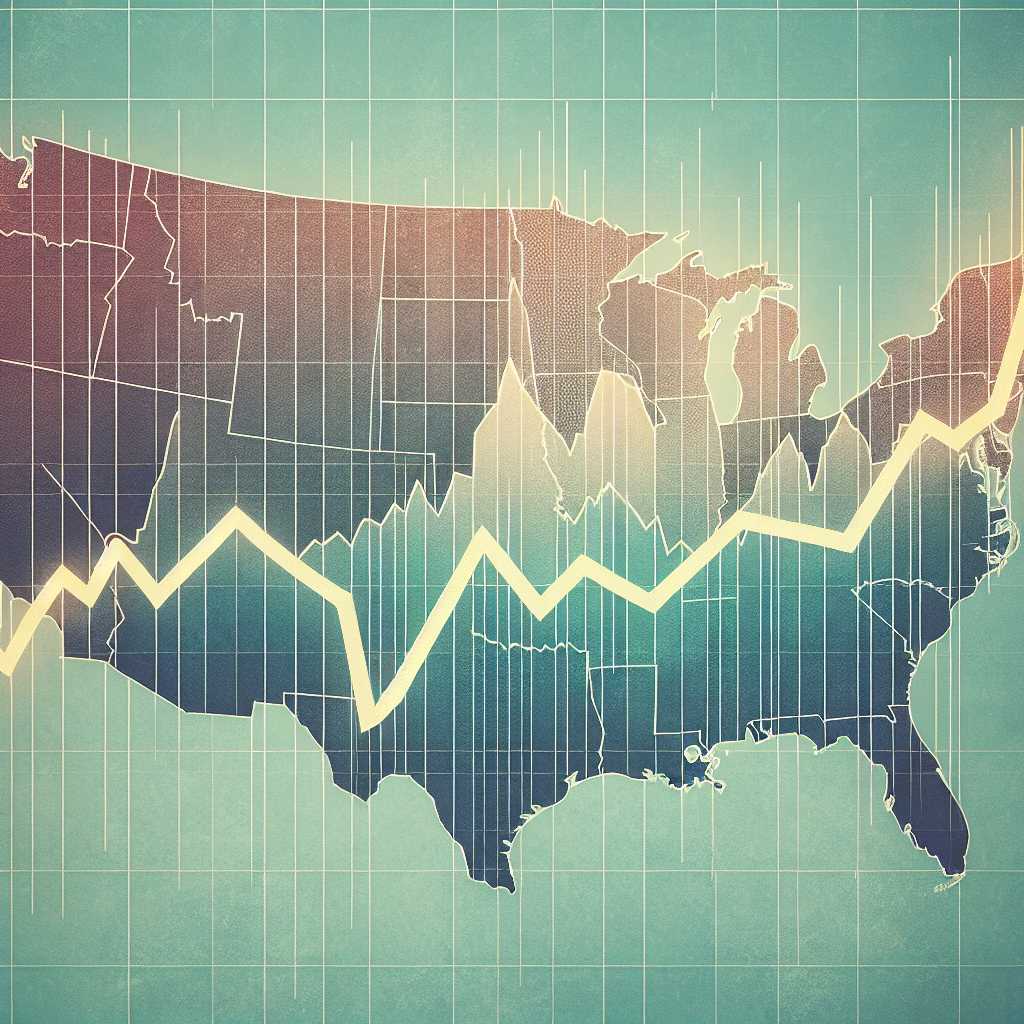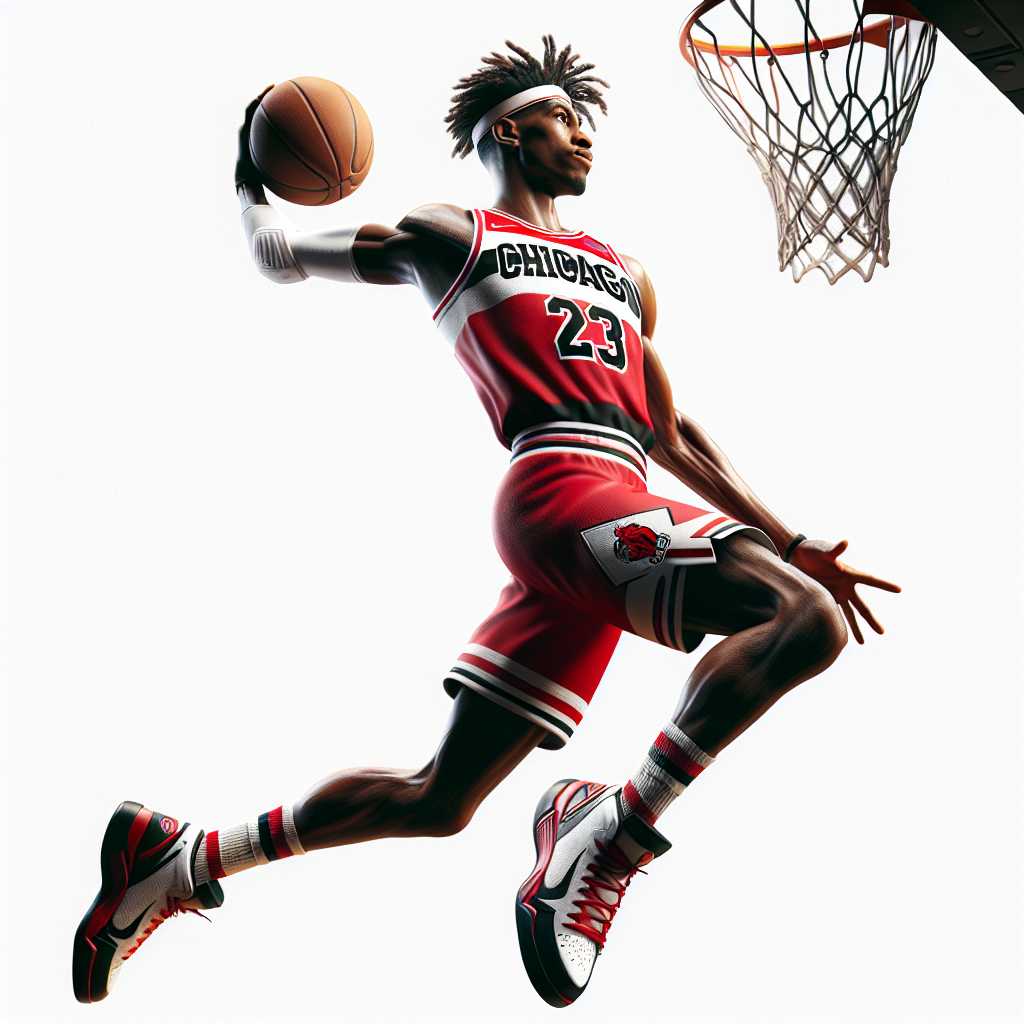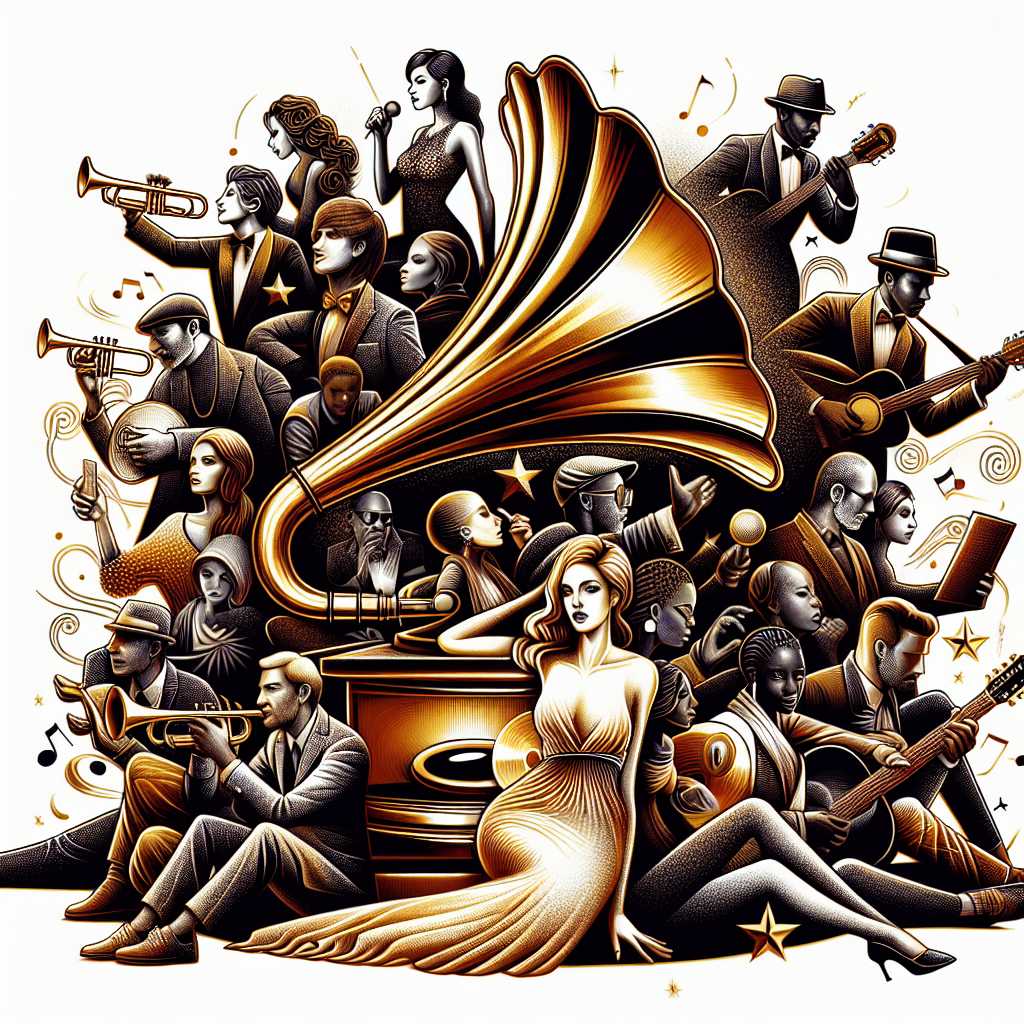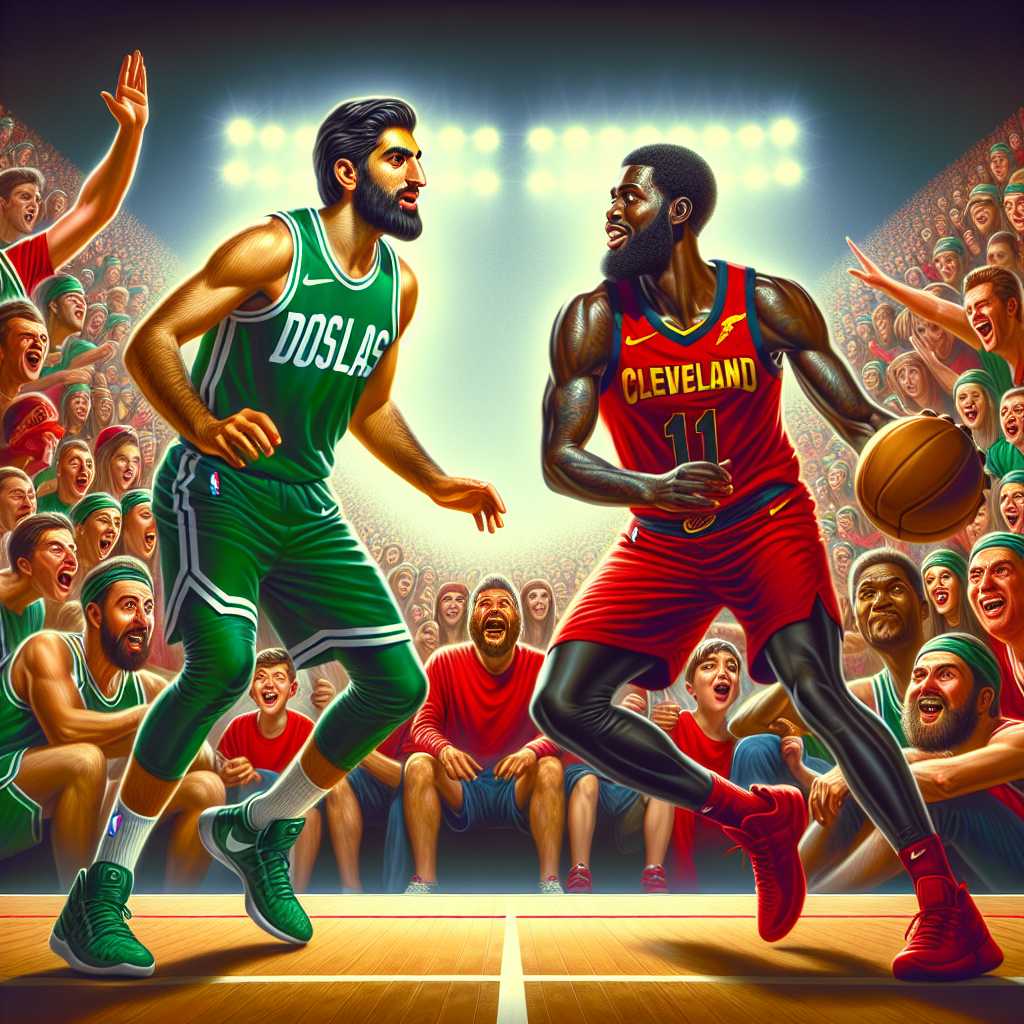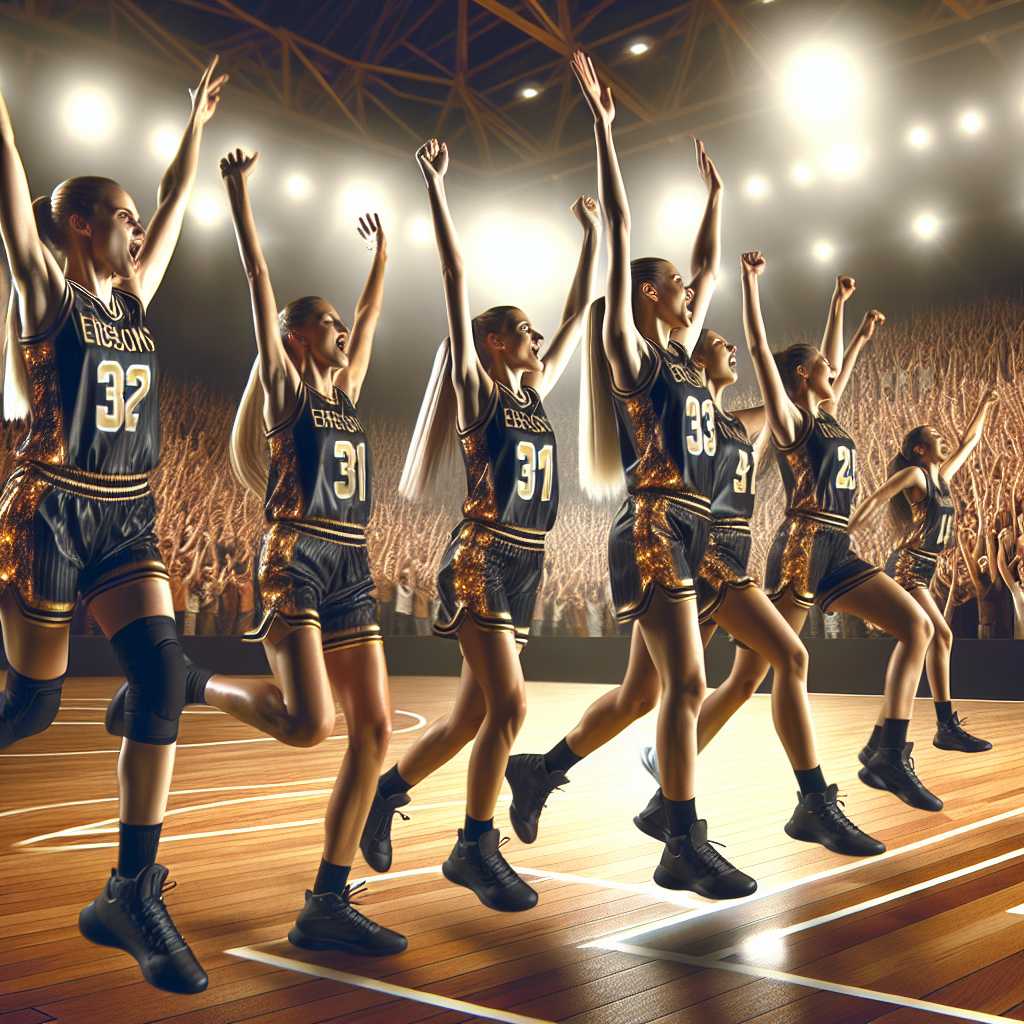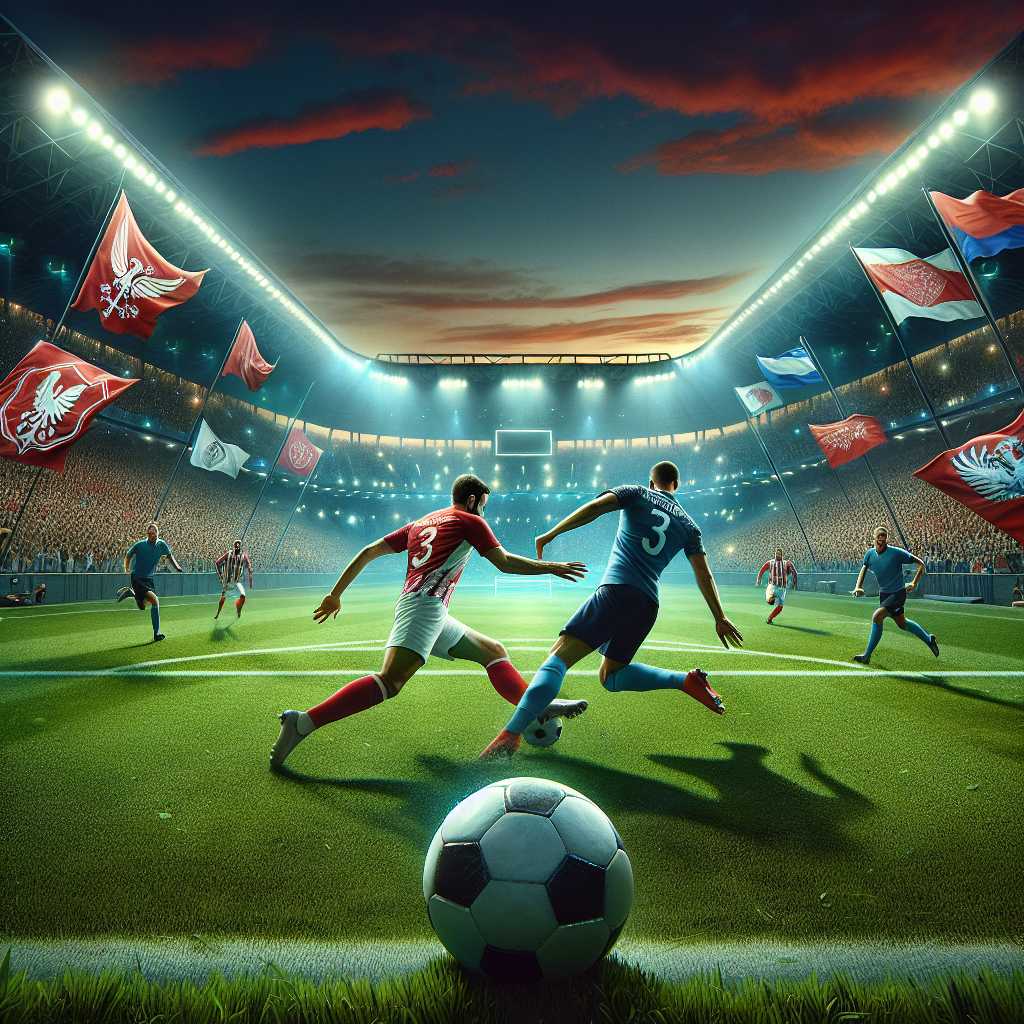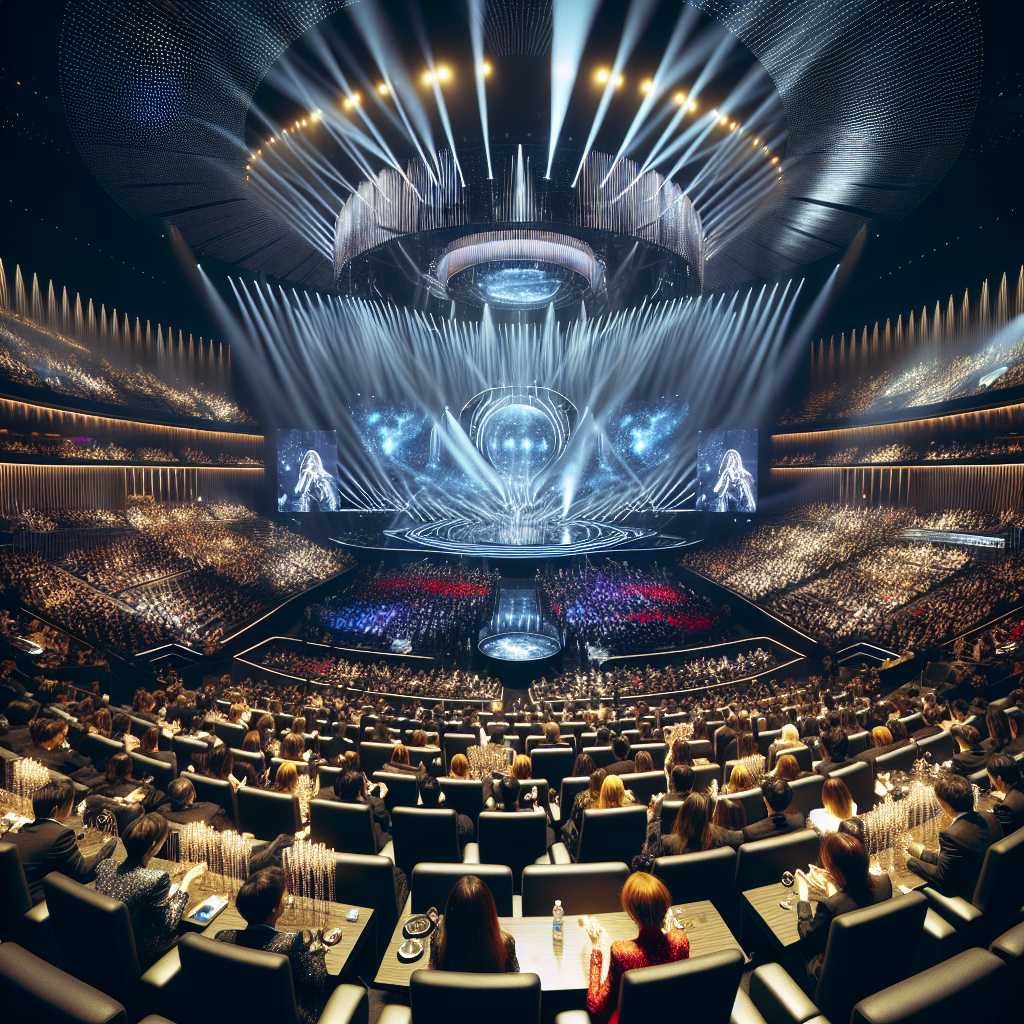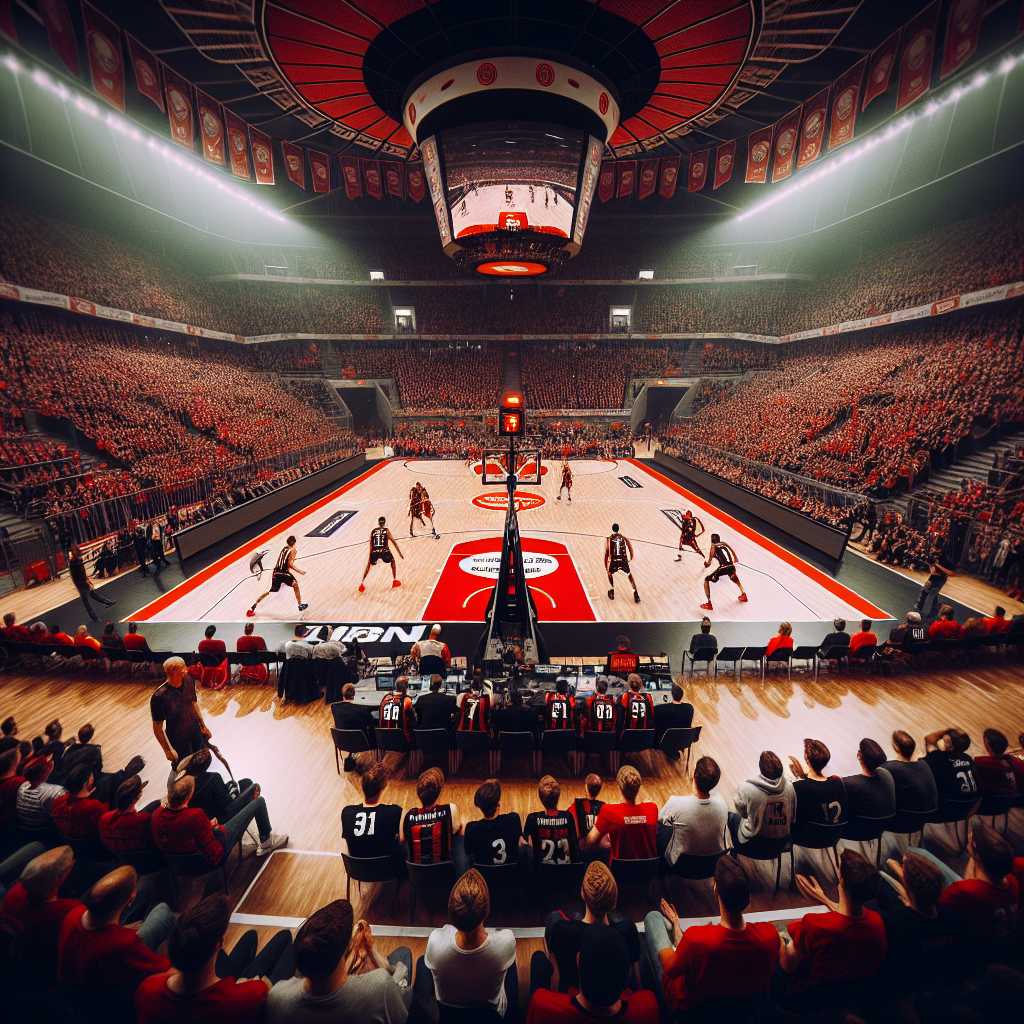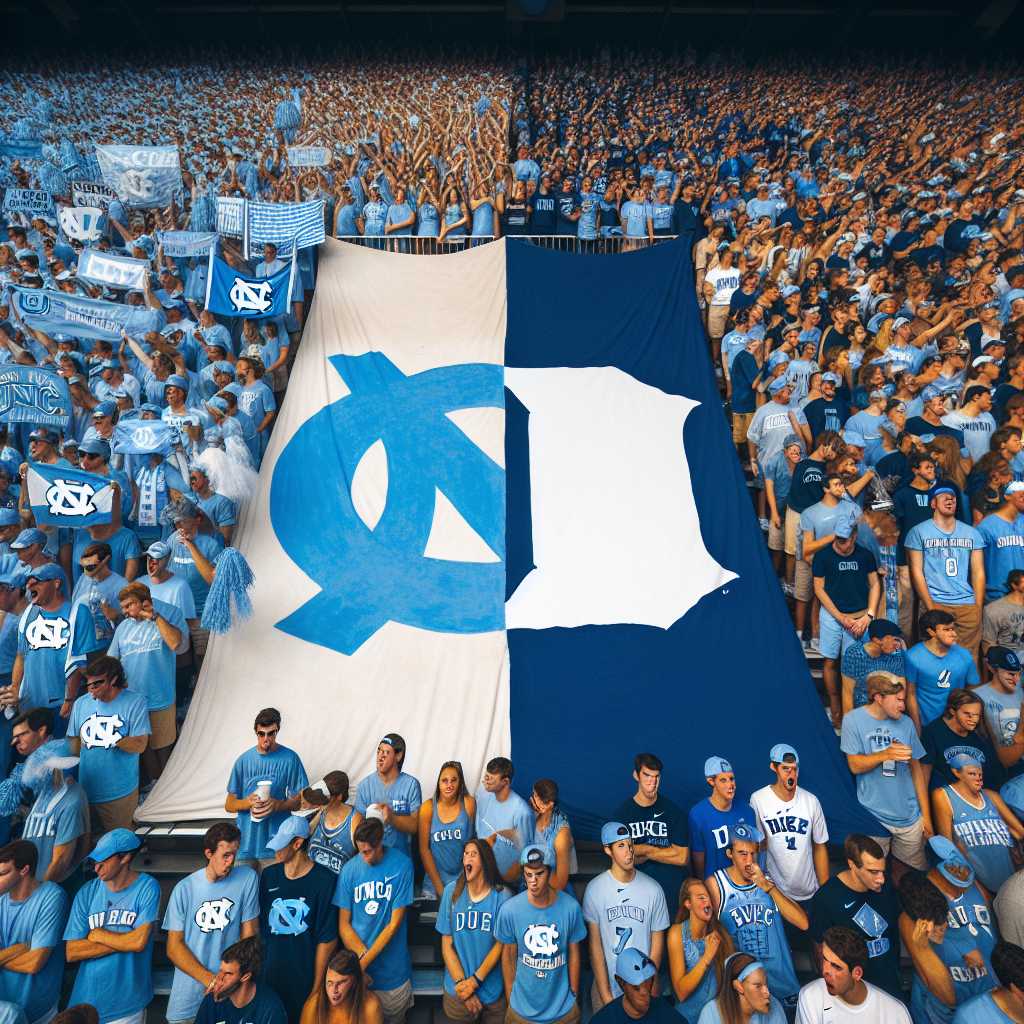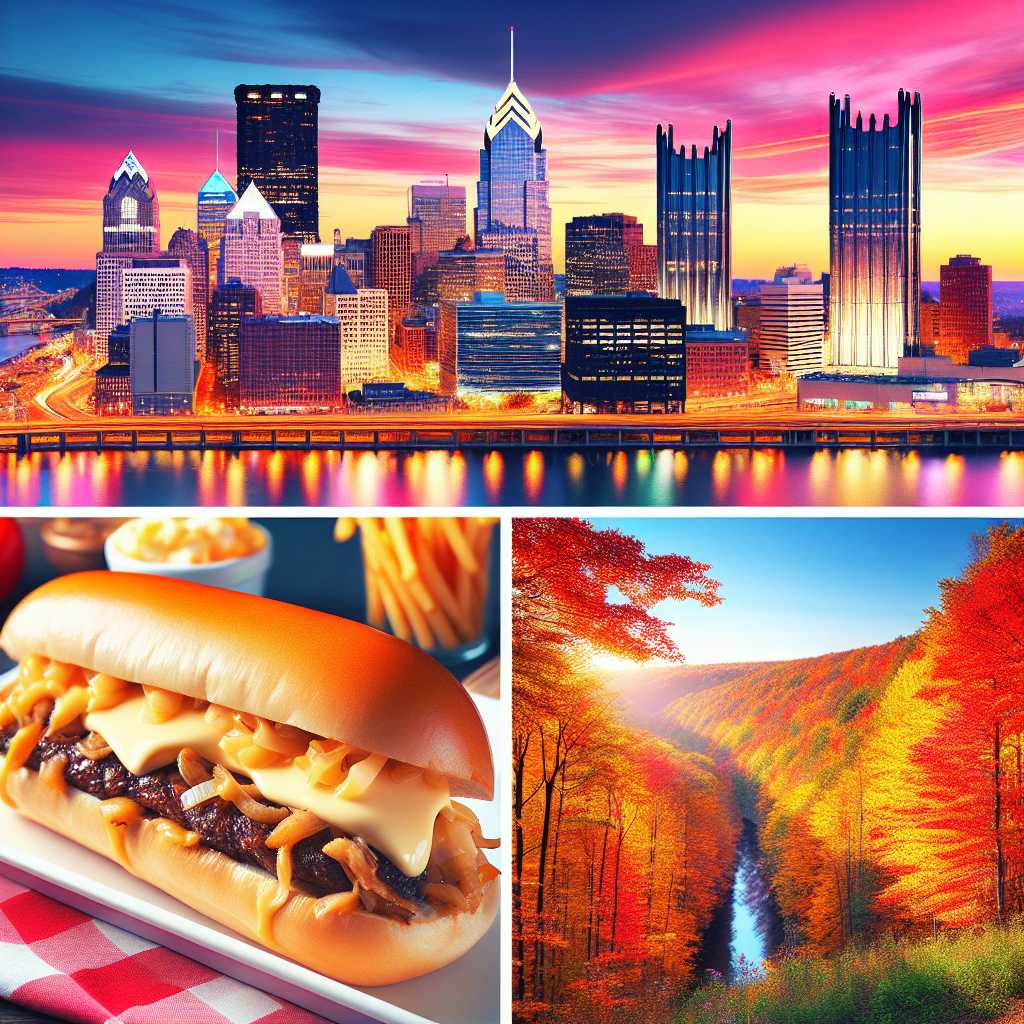Understanding the S&P 500: A Benchmark Index for the U.S. Stock Market
The S&P 500 index is one of the most widely recognized symbols of the U.S. stock market, reflecting the performance of 500 of the largest and most stable publicly-listed companies in the United States. Offering insights into the health of the U.S. economy and the stock market, the S&P 500 is not just a numerical indicator but a comprehensive gauge used by investors, policy makers, and the public alike to understand market trends and make informed financial decisions.
What is the S&P 500?
The Standard & Poor’s 500, or S&P 500, is a stock market index that measures the stock performance of 500 of the largest companies listed on stock exchanges in the United States. It is one of the most common equity indices and is regarded as one of the best representations of the U.S. stock market. The S&P 500 was created by Standard & Poor’s (now S&P Global) and is maintained and updated to reflect shifts in market conditions and company valuations.
How is the S&P 500 Constituted?
The component stocks of the S&P 500 are selected by a committee and are meant to be representative of various sectors and industries within the U.S. economy. To be eligible for inclusion in the index, a company must meet specific criteria such as market capitalization, liquidity, domicile, public float, sector classification, financial viability, length of time publicly traded, and stock exchange listings. Companies in the index range from diversified multi-industry conglomerates to technology firms, energy producers, healthcare companies, financial institutions and beyond.
Importance of the S&P 500 in Finance
Used as a key benchmark, many compare their portfolio’s performance against that of the S&P to gauge its success. The index serves as an economic indicator for both professional investors attempting to predict future market movements and individual investors gauging their personal investment performances. Additionally, numerous investment products like mutual funds and exchange-traded funds (ETFs) are designed to passively track the performance of the S&P 500.
Calculation Methodology of the S&P 500
The value of the S&P 500 is computed through a market capitalization-weighted methodology. This means that each company’s market capitalization — calculated as share price times total number of outstanding shares — influences its impact on the index’s overall value. Larger companies have more sway over index movements than their smaller counterparts. Periodic rebalancing ensures that proportionality among constituent weights maintains relevance with changing corporate values.
Risk and Returns Associated with Investing in the S&P 500
Investment in indices like the S&P 500 comes with certain risks such as market volatility, economic downturns, interest rate changes, and specific sector dynamics. However, because it includes a wide variety of sectors and companies, it offers diversification that can mitigate some individual stock or sector risks while delivering returns aligning closely with that of the overall market.
Investing Strategies Involved with the S&P 500
There are various strategies investors use when involving themselves with the S&P 500 index. Dollar-cost averaging involves investing a set amount at regular intervals regardless of market performance. Others might use a buy-and-hold strategy with ETFs or mutual funds modeled on the index. Active traders might exploit short-term market fluctuations through direct buying/selling or derivative trading based on perceived insights into future movement.
Comparing S&P 500 with Other Indices
The S&P 500 is often compared to other major indices like the Dow Jones Industrial Average (DJIA) or Nasdaq Composite Index for benchmark purposes as well as evaluating broader market performance indications. While there are similarities among them in terms of reflecting equity market fluctuations, there are differing characteristics like types of constituents (the DJIA only contains 30 companies versus S&P’s 500) or being weighted differently (price-weighted for DJIA vs capitalization-weighted for S&P).
Recent Performance
The performance of the Index varies each year based on numerous factors including economic conditions, corporate earnings growth prospects, changes in government policies regarding trade or monetary interventions.
Notes
Image description: An abstract illustration showing a rising line graph superimposed on an outline map of the United States, symbolizing an upward trend in the U.S. stock market largely tied to companies represented within the S&P 500 index.
IlPi4

